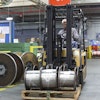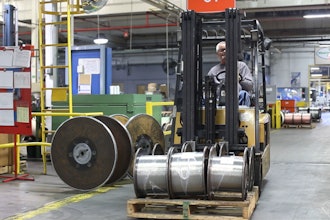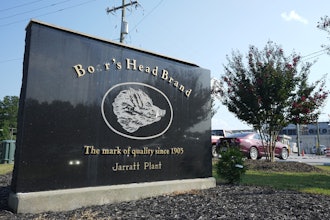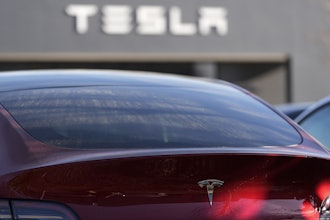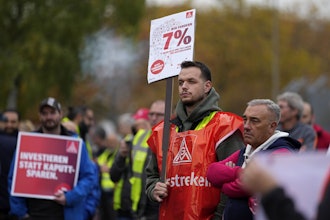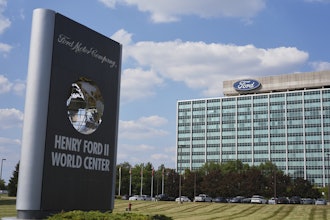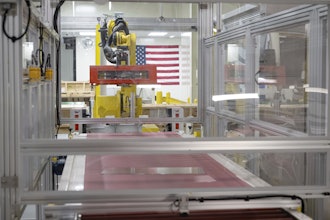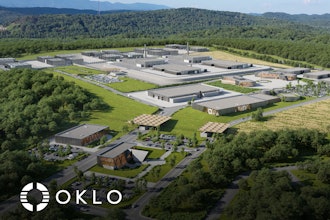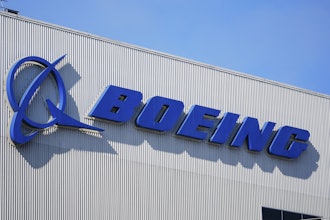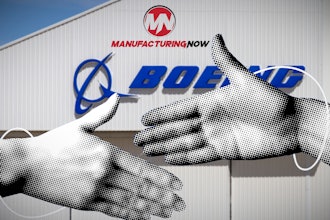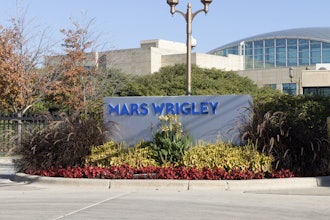NEW YORK (AP) — A report on manufacturing activity shows the sector contracted less than expected in June, posting its best showing since last August and another sign that a recovery may be near.
Manufacturing sectors overseas also are rebounding a bit, according to new reports, but other U.S. economic data were mixed. Construction spending fell more than expected in May, while pending home sales edged up.
The Institute for Supply Management, a trade group of purchasing executives, said its manufacturing index registered 44.8 in June, up from 42.8 in May. Analysts polled by Thomson Reuters had expected a reading of 44.5.
"A slow recovery for manufacturing is forming," said Norbert Ore, chair of the ISM's manufacturing business survey committee.
A reading below 50 indicates contraction. June's reading marks the 17th straight month of deterioration in manufacturing.
Still, there is an encouraging pattern in recent ISM manufacturing reports. This is the second straight month that the index has been above 41.2 after seven consecutive declines. The ISM says a reading above that level is consistent with expansion in the overall economy — even though the manufacturing sector itself is still shrinking.
"This latest gain suggests the recession may finally have ended at the close of the second quarter, a mere 19 months after it started," said Capital Economics' analysts. "However, there is little evidence that this tepid recovery will turn into anything much stronger."
Other countries' manufacturing sectors also are recovering. Two reports from China, the world's third-largest economy, showed small gains in surveys of manufacturers. Elsewhere, the purchasing managers index from the 16-nation euro zone showed a slower pace of decline in June, and the equivalent index in Britain hit a 15-month high of 47.
British manufacturing output rose for the first time since March 2008. Big Japanese manufacturers reported being slightly more optimistic about business conditions, but cut capital spending sharply.
While encouraging, the ISM survey hasn't noted growth in manufacturing since January 2008. The manufacturing index includes new orders, production, employment, inventories, prices, and export and import orders. It is based on a survey of the Tempe, Ariz.-based ISM's members from 18 industries.
On Wall Street, stocks rose after the better-than-expected ISM manufacturing report. The Dow Jones industrial average added about 110 points in late-morning trading, and broader indices also rose.
But not all the economic news was as rosy. A Commerce Department report showed that construction spending fell 0.9 percent in May, nearly double the 0.5 percent economists had expected, and activity in the past two months was revised lower.
Construction rose 0.6 percent in April, down from the 0.8 percent increase originally reported. A March increase of 0.4 percent was replaced with a decline of the same amount. That left the April gain as the only increase in the past eight months.
The National Association of Realtors, meanwhile, said pending home sales rose for a fourth straight month in May. The index of pending sales, which tracks signed contracts to purchase previously owned homes, rose 0.1 percent to 90.7, better than expected.
Housing and autos are two sectors with ongoing woes, Ore said, while manufacturers connected to the computer, electronics and petroleum industries might say their tides have turned.
However, a good sign for all industrial companies was shrinking customer inventories. Low inventories mean that businesses will need to restock from manufacturers, prompting new orders and production. The production index grew to 52.5 in June from 46 in May — the first growth reading after nine months of decline.
But new orders shrank to 49.2 after growing in May for the first time in 17 months. Growth in new orders is a perquisite for ramping up production and hiring.
